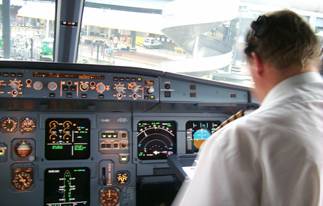


In many visually-demanding occupational environments, the ability to see coloured objects is important, both for safety when colour is used to code information in safety-critical tasks and to enhance visual performance when colour is used redundantly. The optimum chromatic sensitivity expected of people with normal colour vision may not, however, be required to carry out the most visually-demanding, colour-related tasks.
Advances in colour vision assessment and the optimised use of colour in occupational environments make it unacceptable to simply bar all those applicants with less than perfect colour vision from visually-demanding occupations or to use more relaxed pass/fail criteria that have not been proven to relate directly to visual performance on the most demanding, safety-critical, colour-related tasks. Instead, there is a growing realisation that proper scientific research needs to be performed to identify and characterise the use of colour signals within occupational activities and to set safe limits for different professions that can be measured accurately using objective tests.
Limits of acceptable chromatic sensitivity loss have so far been established for commercial aviation and London Underground train drivers. These limits are used to provide automatic pass/fail certification within these occupational environments.
Contact us to discuss how we can help you to establish safe limits in other visually demanding occupations.